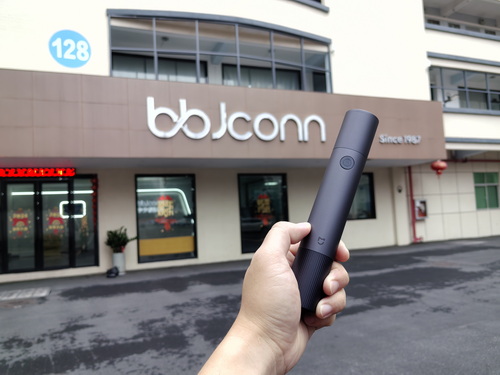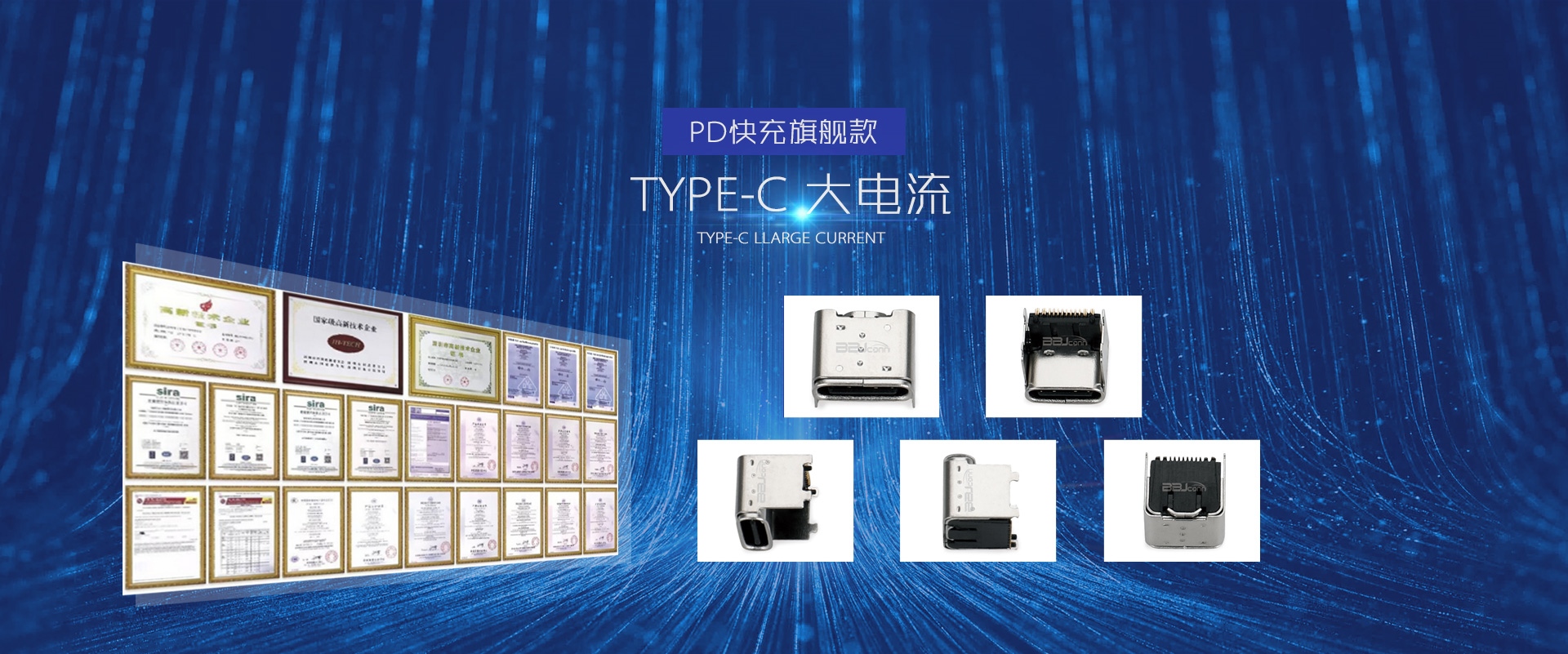Key application requirements of USB Type-C interface in consumer electronics products
USB Type-C interfaceAs an advanced connection standard, it has been widely used in consumer electronics. However, in order to ensure its stability and performance in different devices, there are some key application requirements that need to be paid attention to. This article will delve into USB Key application requirements of Type-C interface in consumer electronics products to help relevant manufacturers and developers better meet market needs.
Design and specifications of Type-C charging interface
The application requirements of Type-C charging interface in consumer electronics products first involve its design and specifications. As a new interface, the design of Type-C should take into account factors such as compatibility, stability and durability. It complies with USB-IF (USB Implementers Forum) specifications are necessary to ensure product interoperability and stability. In addition, considering the diversity of consumer electronics products, the design of the Type-C interface should also take into account the suitability for devices of different sizes and shapes. .
Power consumption and fast charging technology of Type-C charging interface
In consumer electronics products, there are strict requirements for the power consumption and charging speed of charging interfaces. The Type-C interface should be able to support high-power charging needs, such as smartphones, tablets and other devices that require fast charging functions to meet users’ needs. Convenience and efficiency are needed. Therefore, support for USB Power Delivery (USB PD) and other fast charging technologies is essential to ensure that the device can be fully charged in a short time and maintain stability during the charging process.
Data transmission speed and stability of Type-C charging interface
In addition to the charging function, the Type-C interface also undertakes the task of data transmission in consumer electronics products. Therefore, its data transmission speed and stability are also crucial. Consumer electronics products usually require high-speed data transmission, such as transmitting large amounts of data. capacity files, streaming media content, etc. Therefore, the Type-C interface should support the high-speed data transmission standard of USB 3.1 and above to meet the user's demand for data transmission speed, and maintain a stable connection status to avoid data loss or transmission interruption.

Safety and reliability of Type-C charging interface
In consumer electronics products, users are very concerned about the safety and reliability of charging interfaces. Type-C interfaces should have safety protection functions such as preventing overload, overheating, short circuit, etc. to protect the safety of equipment and users. In addition, Type-C interface The connection stability is also the focus of users. Whether during the plugging and unplugging process or during long-term use, a stable and reliable connection should be maintained to avoid interruption of charging or data transmission due to poor contact or looseness.
In summary, the application requirements of USB Type-C interfaces in consumer electronics products involve many aspects such as design and specification, power consumption and fast charging technology, data transmission speed and stability, security and reliability. Only if the requirements are met Only by meeting these key requirements can we ensure the stability, performance and user experience of the Type-C interface in different devices, thereby winning market recognition and user trust. Therefore, relevant manufacturers and developers should pay full attention to these requirements and continuously optimize Product design and technical implementation to meet market needs and user expectations.
